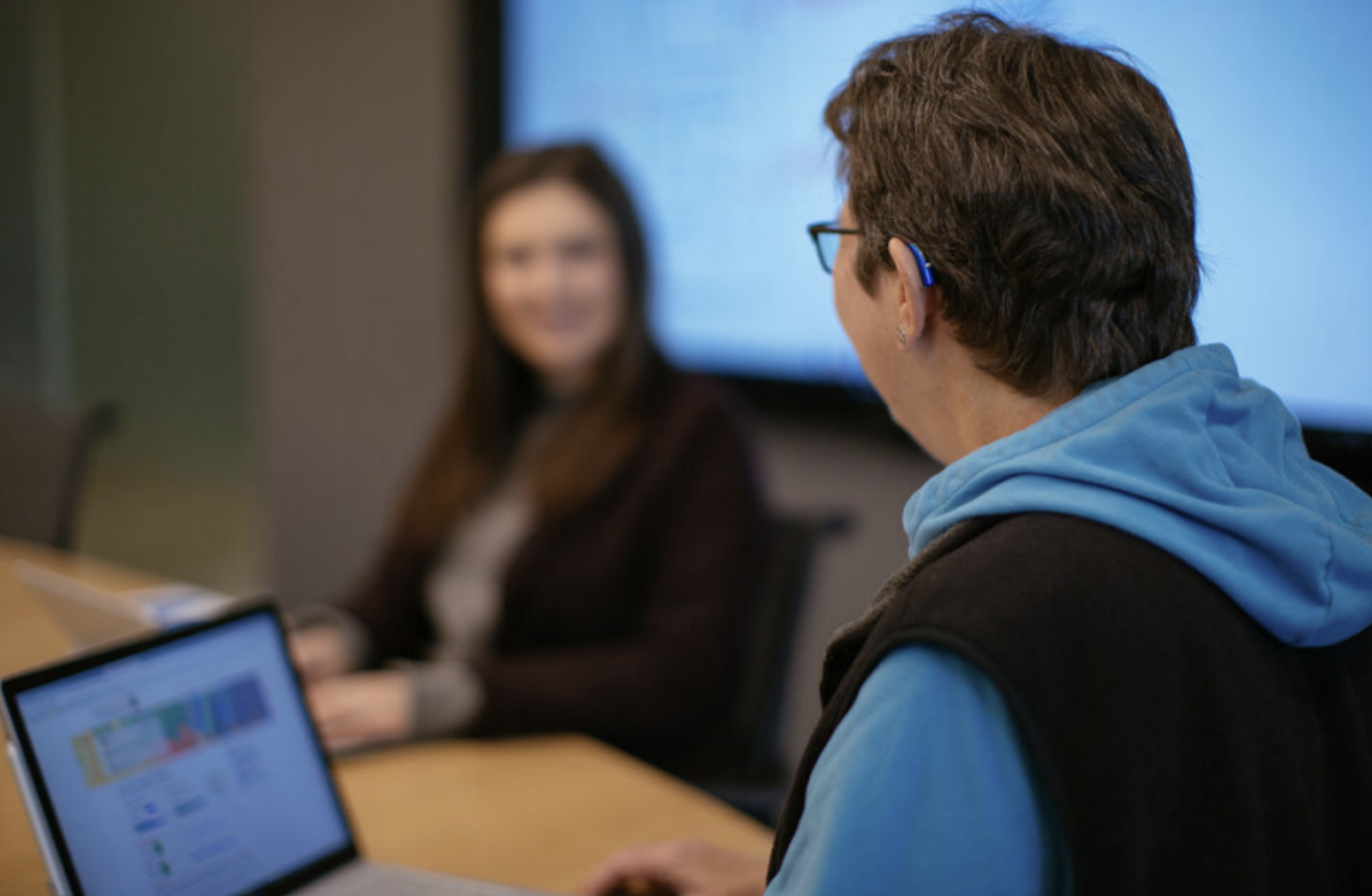Expanding accessibility in our datacenters

An expanded accessibility program first piloted at the Microsoft datacenter in West Des Moines, Iowa, is being rolled out to other datacenters across the US with hopes for global expansion. Bakty Motiram, Senior Accessibility Program Manager, launched the program after an employee in Des Moines suggested improvements to help them perform their work.
“It’s about creating a place of belonging. Everyone should feel like they could work in a datacenter, instead of excluding themselves from this opportunity,” Motiram says.
While Datacenters are designed and built to be ADA (Americans with Disabilities Act) compliant, understanding the specific needs of employees helped us to see opportunities for improvement beyond the ADA standard.
Initially, the program focused on what additional accessibility accommodations should look like in a datacenter. During early assessments, it quickly became clear that employees and teams within the datacenter should be included to determine what needed to be repaired, improved, or changed altogether.
“We did a lot of research and talked with people at datacenters with and without disabilities,” Motiram says. The program conducted surveys within the datacenter and included multiple teams from Microsoft headquarters.
From this work, the accessibility team developed a Microsoft Global Datacenter Accessibility Handbook that identifies criterion, why it’s important and relevant to accessibility, what to check for, and how to remediate non-compliance. An accessibility handbook app allows trained datacenter employees to conduct assessments, collect data, and raise issues. Brian Satterfield , a Datacenter Technician based in Virginia, shares, “I feel so empowered that I can use my personal situation and the challenges that I face daily to improve and help others here at the datacenter and across other datacenters around the world… I am always looking around and thinking about ways to improve the difficulties I see in accomplishing tasks while I’m working that may help someone else do their job easier… We all can make a difference.”
Determining what accessibility looks like in a datacenter requires communication and awareness, Motiram says, “Accessibility has to be top of heart, and then it can be top of mind.”
I feel so empowered that I can use my personal situation and the challenges that I face daily to improve and help others here at the datacenter and across other datacenters around the world…
—Brian Satterfield, Datacenter Technician, Microsoft

